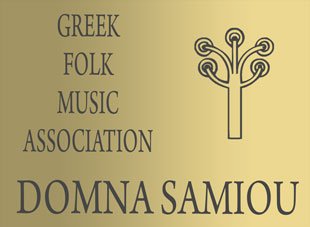Translator's notes
The outmost has been done to faithfully render the original Greek texts into English, whilst ensuring that they are fully comprehensible to the English speaking reader who is not fully familiar with the Greek context. A few points are worth mentioning:
- There are number of official conventions concerning the transcription of Greek names into Latin characters. The rules of transcription which have been used here, do not follow any single convention. Instead the most easily recognisable and pronounceable form has been used in each case. Alternative spellings of the same names however, may appear in other sources. Moreover, for those interested in the pronunciation of modern Greek, an explanatory note is provided (click here).
- In certain cases Greek words or terms have been maintained in the English text, when it is believed that it enriches the text. In these instances the terms appear in italics and a footnote is provided to explain the term.
- Explanatory footnotes in all the English texts are those of the translator rather than the original author.
- There are frequent references in the text to geographic locations in present day Turkey. The choice of use of the common Greek names of these places, the current name in Turkish or commonly used English version, has been made purely on the basis of making the text comprehensible to the English speaking reader. For example, Asia Minor is frequently used in the text instead of Mikra Asia which is the commonly used Greek term or Anadolu which is the equivalent term in Turkish. Where necessary, a footnote has been provided to clarify the term.
- There are frequent references to musical instruments which are in use in traditional Greek music. In translating these terms certain conventions have been followed to maintain consistency throughout. It should be noted however, that given that most of these instruments are or have been in use in the broader area of the Eastern Mediterranean and the Balkans, there are numerous alternative names for most of the instruments. For alternative names of the various instruments as well as interpretational please click here.
In closing, it should be noted that the content of this website includes material from over forty years of diligent work by Mrs Domna Samiou and her colleagues. As such, and to avoid lapses in consistency, certain terms have been maintained as they were originally used.
Alexander Seferiades
Phoebe Papayiannidi







